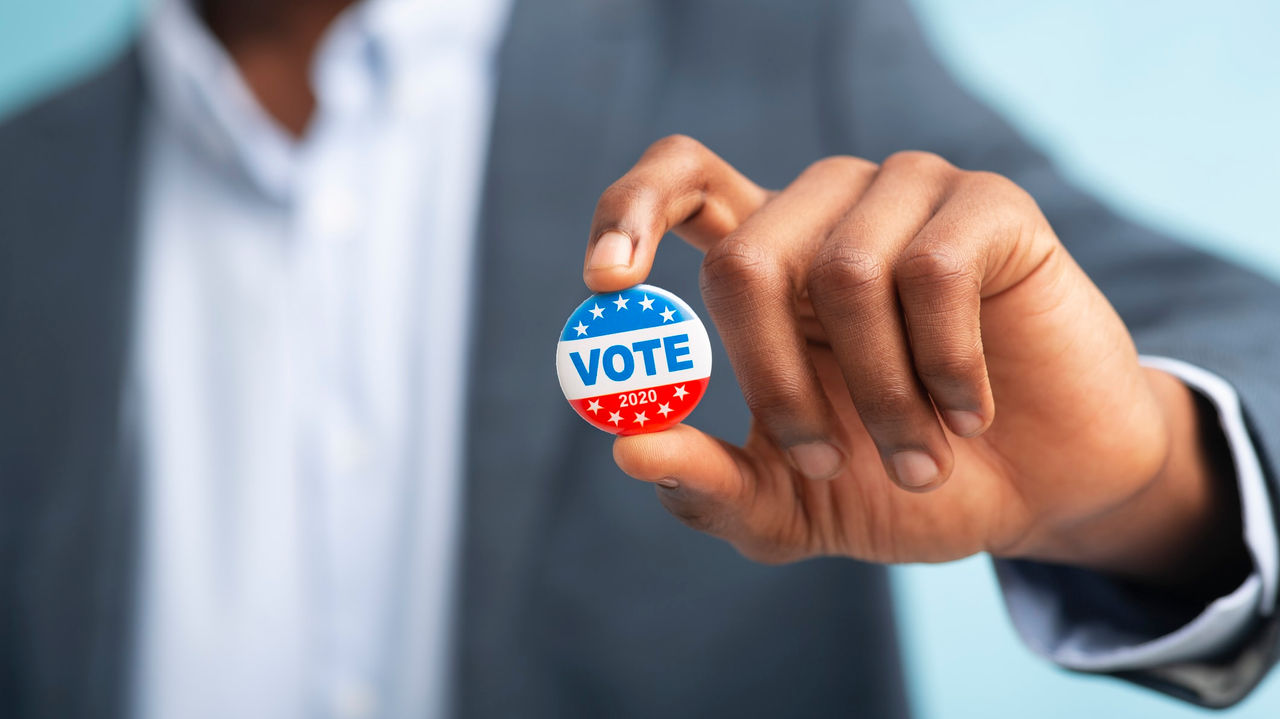As Election Day approaches, a growing number of employers are actively encouraging their employees to vote. Hundreds of big-name companies, including Target, Walmart, Twitter and General Motors, have publicly pledged to help get out the vote by providing information, reminders and paid time off to their employees.
Citing a persistently large share of U.S. citizens who don't register or who fail to vote even after registering, advocacy groups like Time to Vote and Electionday.org say employers can and should play a role in nonpartisan voter education and mobilization.
And they are publishing lists of businesses that have promised to act. Each platform already lists more than 600 participating companies that together employ millions of workers.
A Boost to Employee Relations
These efforts not only increase electoral participation, they're also good for customer and employee relations, according to a case study of employer voter mobilization campaigns in 2018 published by the Ash Center for Democratic Governance and Innovation at Harvard Kennedy School.
"The business benefits described by case study participants included meeting consumer expectations for engagement in social and political issues, raising brand awareness with new audiences, and increasing employee satisfaction," stated the Washington, D.C.-based authors Sofia Gross, who oversees political and nonprofit partnerships for Snap Inc., and Ashley Spillane, former president of Rock the Vote, who now leads consulting firm Impactual LLC.
The authors noted that such programs can be "extremely cost effective, requiring no additional staff, limited time commitments and relatively small budgets."
The SHRM Election Resources Center can help employers get started. It offers links to information on candidates and tips for voters to protect themselves from COVID-19 as they cast their ballot.
Participation over Politics
Nora Gilbert, director of partnerships at Vote.org, which sponsors the Electionday.org platform, said employers should focus on participation over politics. And, she said, "even small efforts are meaningful."
Here are 10 ways businesses are boosting voter participation among their employees:
- Distributing information about how, where and when to vote, along with tools to register and request a ballot online.
- Hosting a voter registration event or voting celebration.
- Adopting flexible schedules with no meetings on Election Day.
- Providing paid hours to vote, whether on Election Day or before it for early voting.
- Allowing employees use of printers for absentee ballot applications, as well as paying postage.
- Sending e-mails to remind employees to vote.
- Encouraging employees to offer child care, elder care or rides to the polls for others in their communities to vote on Election Day.
- Giving paid time off for employees to train as poll workers, as San Francisco-based denim company Levi Strauss & Co. is doing this year.
- Reducing store hours on Election Day to ensure that employees can vote in person, as Best Buy has pledged to do.
- Closing entirely on Election Day, a practice started by Patagonia in 2016 and now picked up by other employers.
"Patagonia co-founded the Time to Vote movement because we believe no worker should have to choose between earning a paycheck and voting, and we believe the business community has the power to contribute to the culture shift needed to increase voter participation in our country's elections," said Corley Kenna, a spokesperson for Patagonia.
Effort Especially Important for Young Voters
According to the Pew Research Center, only 56 percent of Americans who were able to vote did so in the 2016 presidential election—a rate that trails other developed countries. Many employers cite that statistic as a reason for their involvement.
[SHRM members-only HR Q&A: Are we obligated to give employees time off from work to vote?]
But there was encouraging news in voter turnout for the 2018 midterm elections, which was higher than during the previous midterm elections of 2014 in all age and demographic categories, according to the U.S. Census Bureau.
The biggest jump by far was in turnout for 18- to 29-year-olds, which grew from 20 percent in 2014 to 36 percent in 2018.
A Gallup survey released in mid-July found that enthusiasm for voting among those ages 18 to 29 is even stronger this year, fueled by concerns about the coronavirus pandemic and racial inequality. However, "over a third—more than 15 million potential voters—lack vital information about how to go about it," according to the survey report.
Employers can help fill that information gap, advocates said.
Warby Parker, an online eyeglasses retailer, incorporates voter registration into its onboarding process, its founders said in a recent op-ed for CNN. The company also provides information about where and how employees can vote and offers paid time off to vote and volunteer at the polls.
"It's our duty as members of the business community to take action to safeguard the democratic process," Warby Parker's founders wrote in the piece co-authored by Sarah Bonk, founder of Business for America. "This basic level of civic engagement is also expected by our employees and consumers."
An organization run by AI is not a futuristic concept. Such technology is already a part of many workplaces and will continue to shape the labor market and HR. Here's how employers and employees can successfully manage generative AI and other AI-powered systems.




